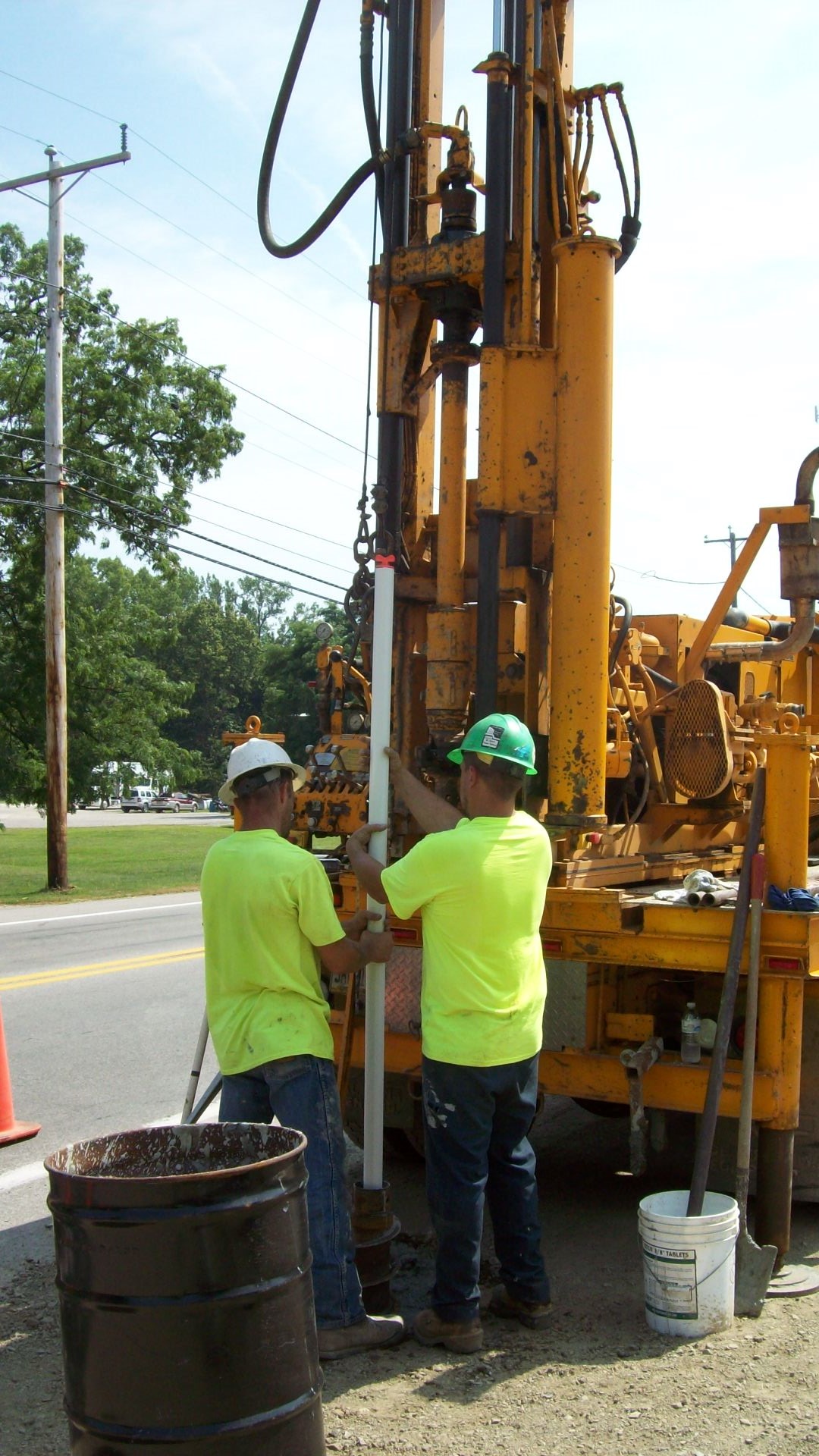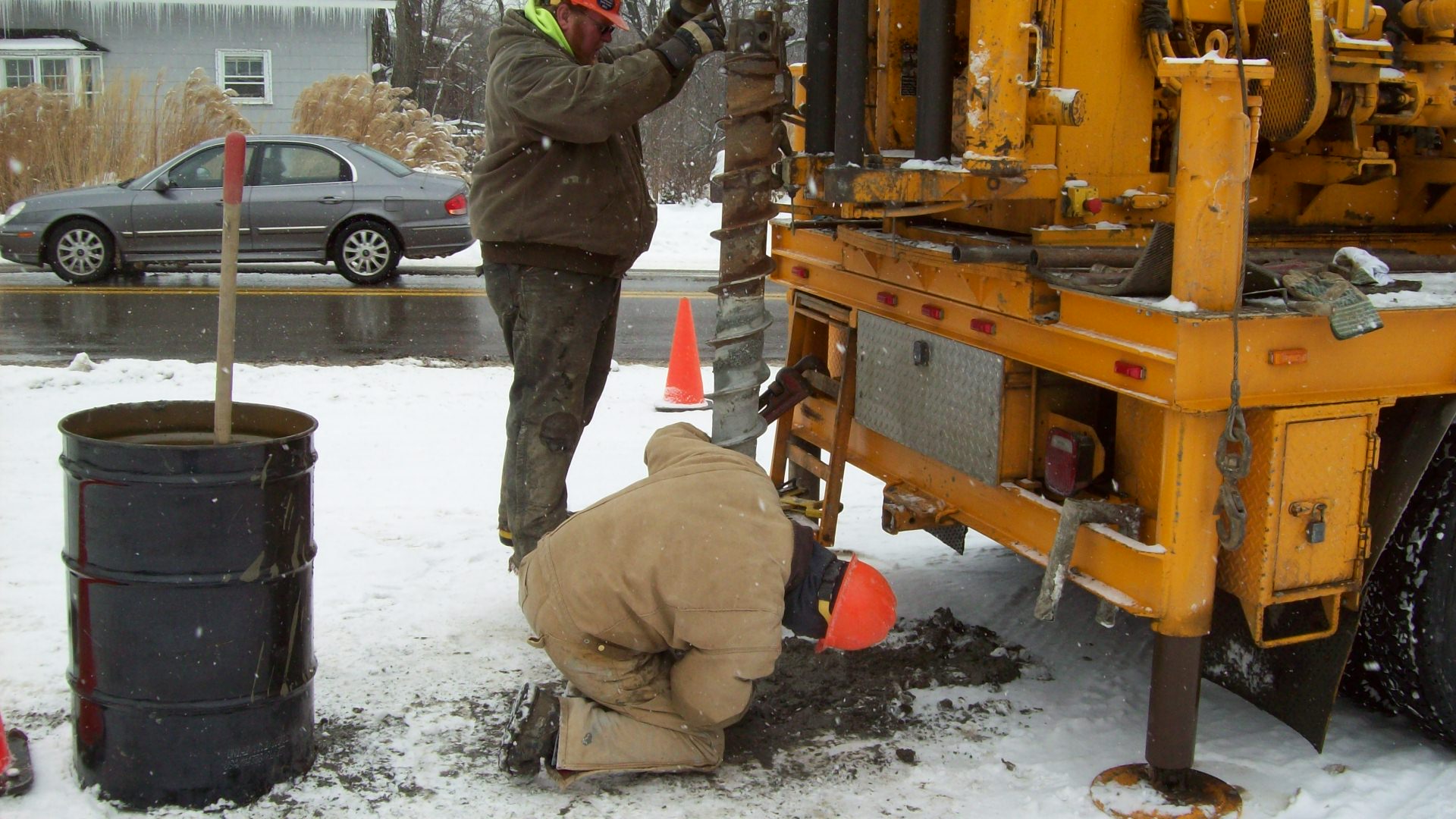
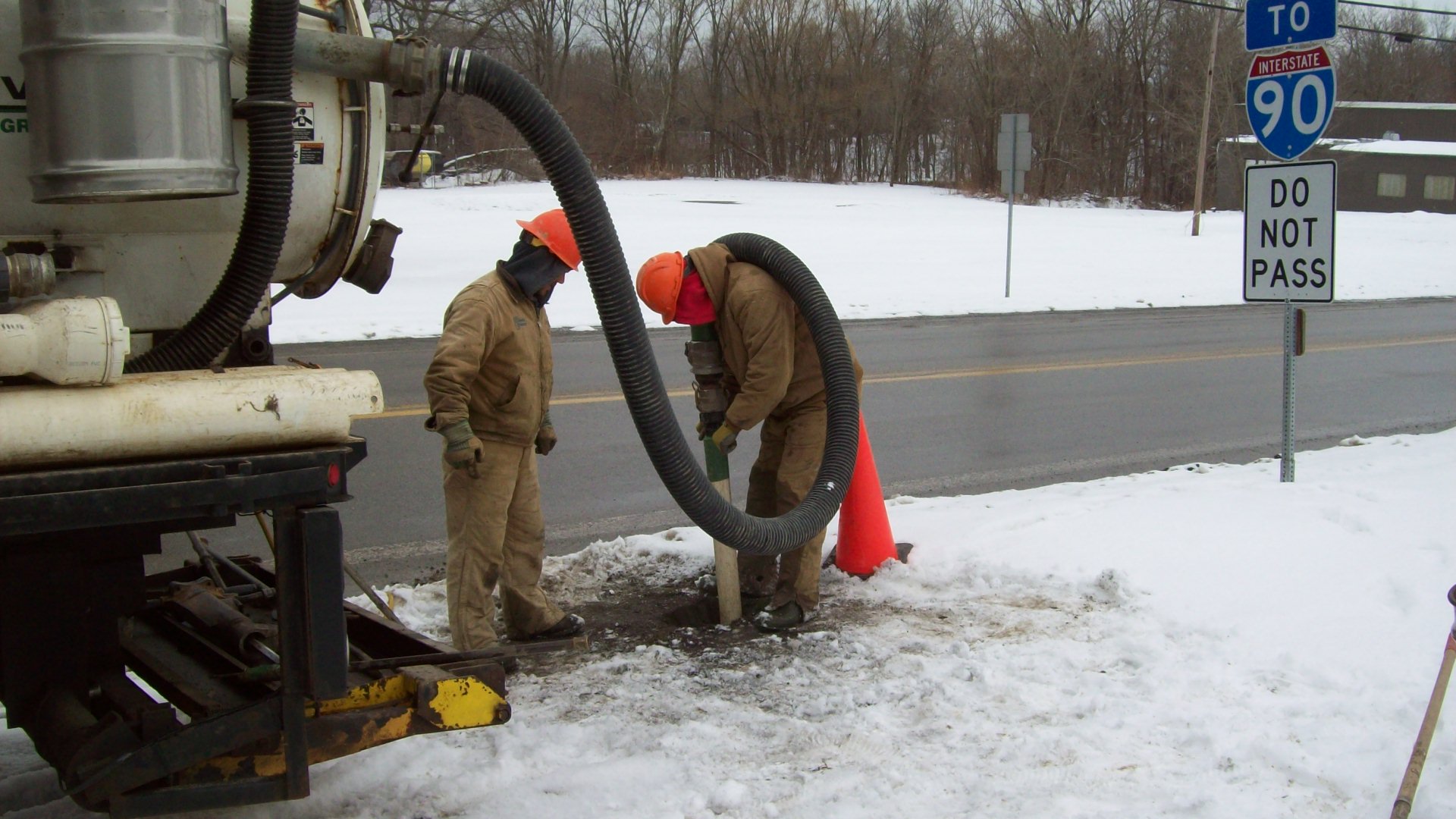
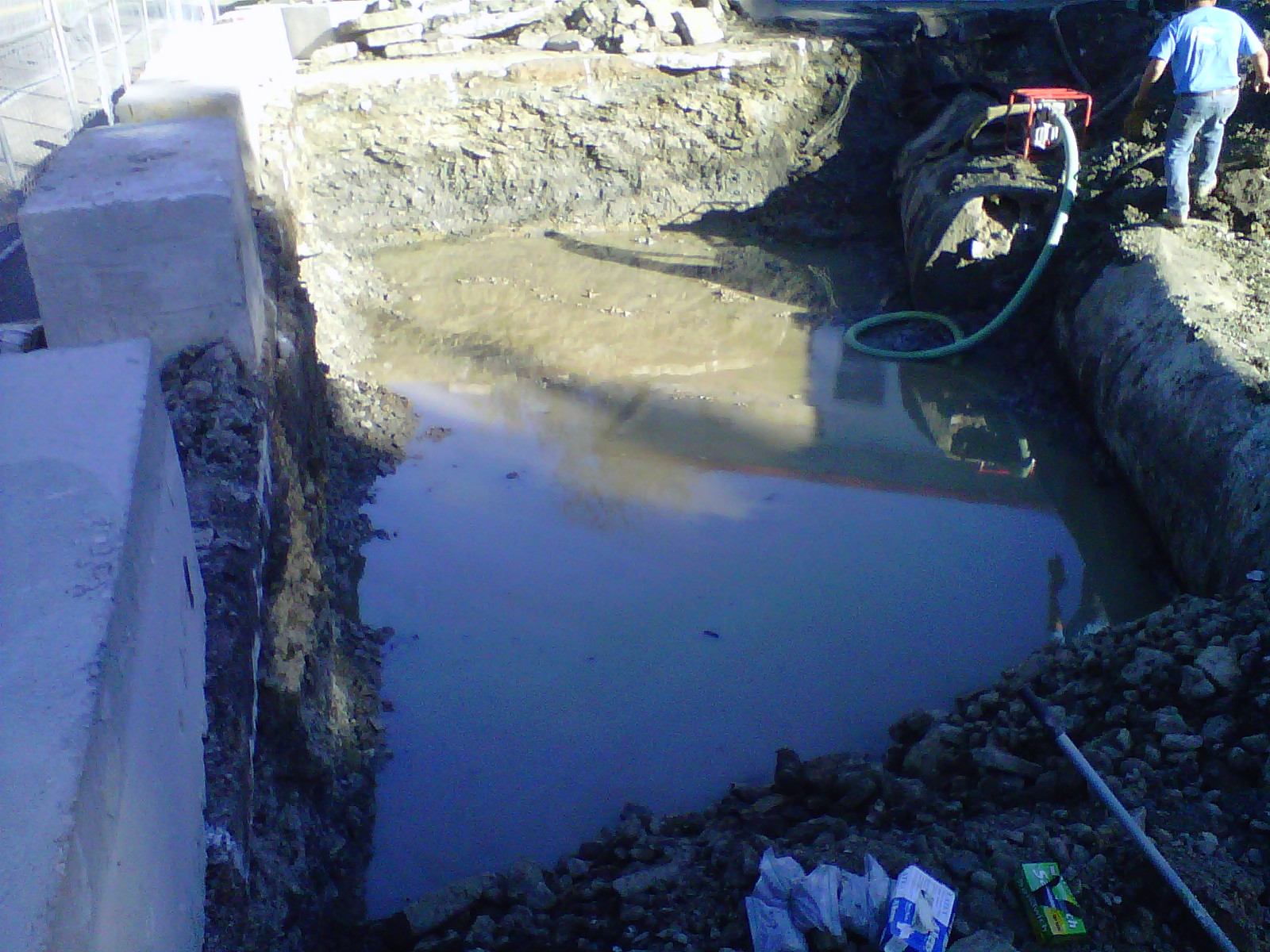
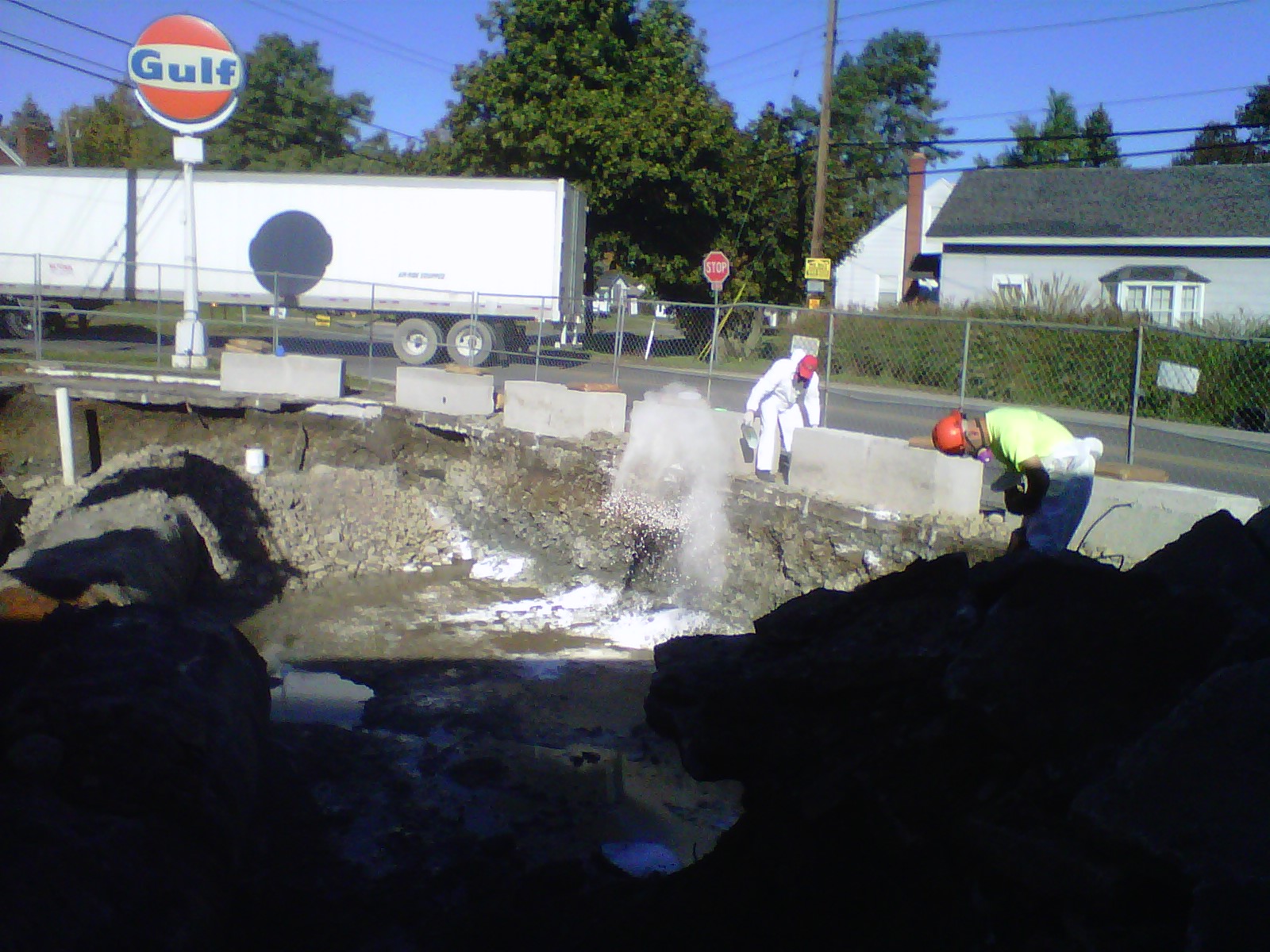
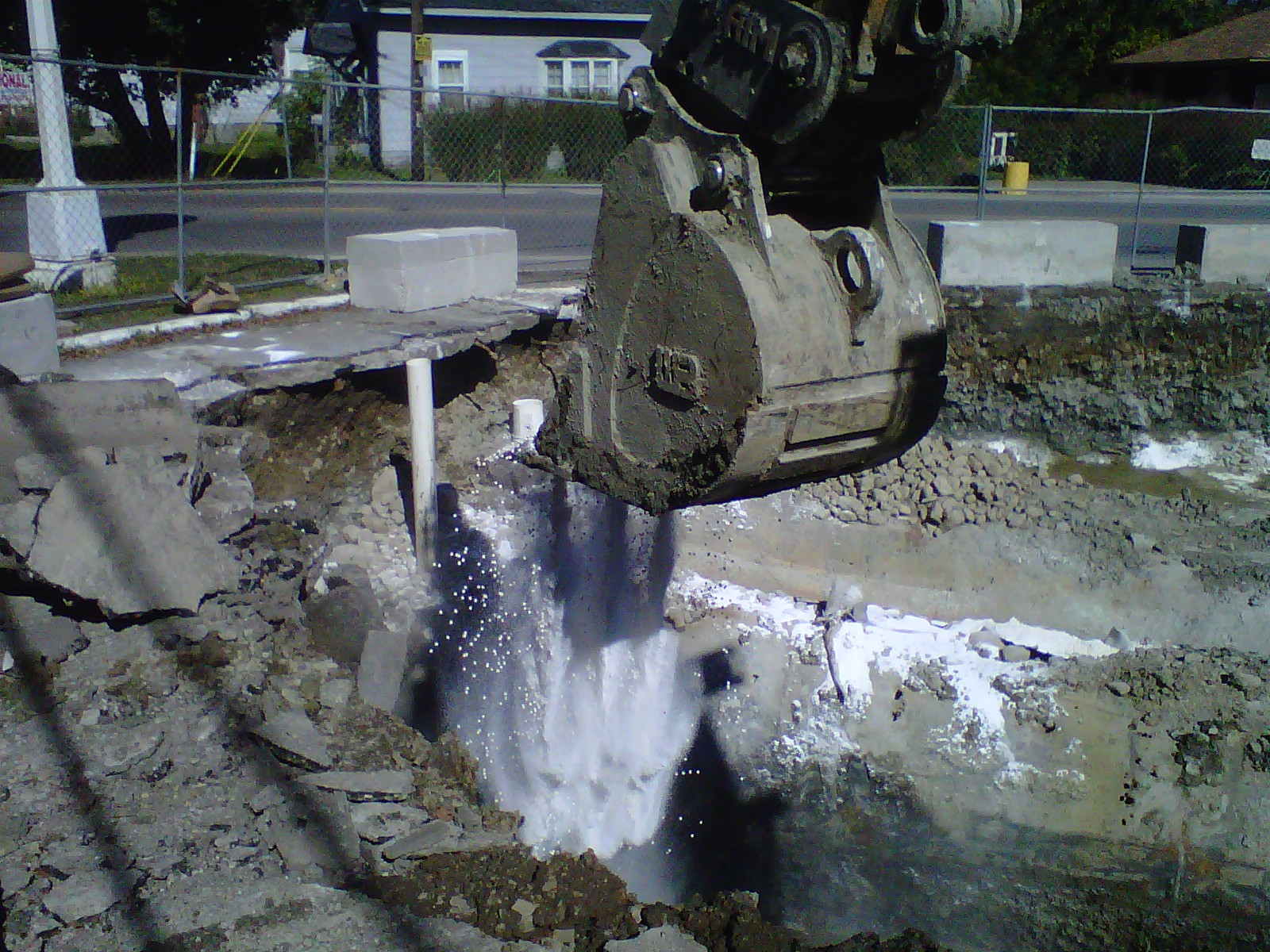
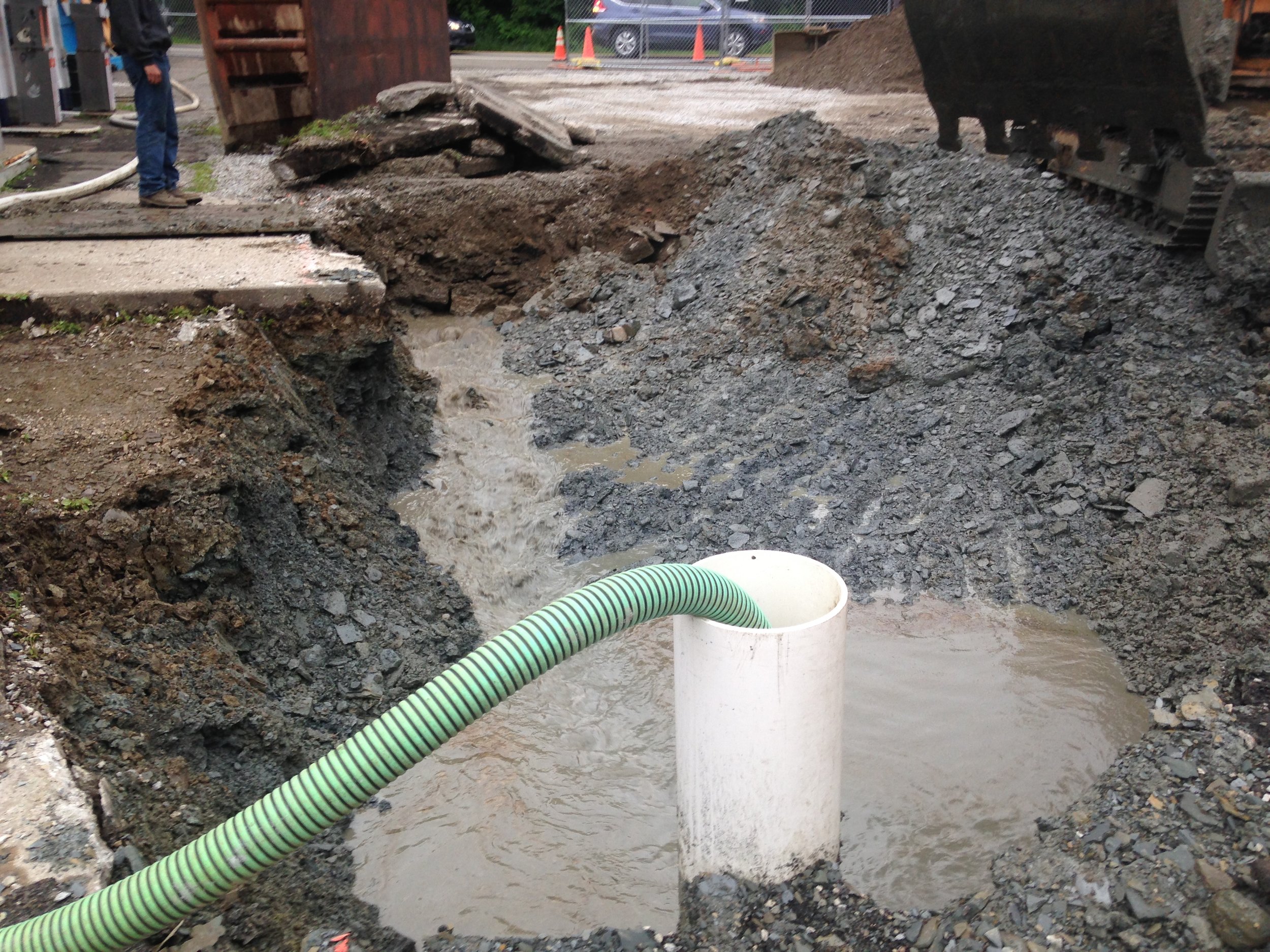
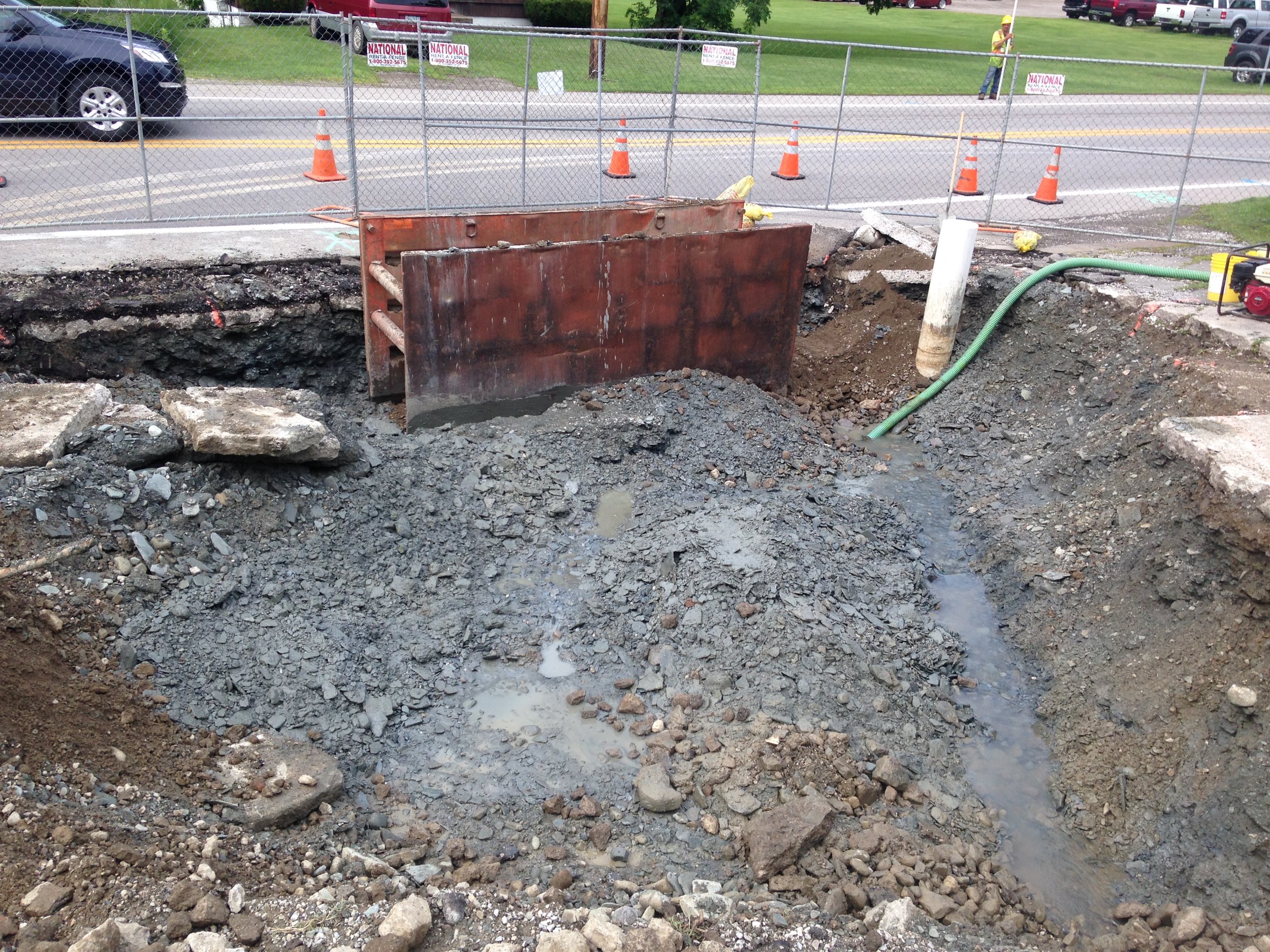

Wesleyville, PA
Corrective actions were initiated following the discovery of “obviously” contaminated soil and groundwater during UST closure activities conducted at an auto repair facility in Wesleyville, PA in June 2012. Initial site characterization activities identified residual, elevated contaminant concentrations in the soil and groundwater. The initial SCR/RAP summarizing these data was submitted to the PADEP in June of 2013. Remedial actions proposed in the report included a soil source excavation and chemical oxidizer application. A total of 720.33 tons of petroleum-contaminated soil was removed during the remedial activities and the chemical oxidizers were applied to the open excavation. A revised SCR was submitted to supplement the initial characterization data and summarize the remedial actions completed to date, in July of 2014.
An SCRA/RAPA was submitted to the PADEP in September of 2015 that recommended additional remedial measures for the subject parcel. A second excavation and chemical application was performed at the site in July of 2015. A total of 239.25 tons of additional petroleum-contaminated soil was removed and the chemical oxidizers and oxygen-releasing chemicals were once again applied to the open excavation. Following a period of groundwater monitoring to establish residual plume stability, a second SCR/RAP was submitted to the PADEP in September of 2017.
As part of the SCR/RAP, a detailed cumulative Site-Specific Human Health Risk Assessment (HHRA) was performed for the Chemicals of Concern (COC) in soil (benzene, ethylbenzene, naphthalene, 1,2,4-trimethylbenzene, and 1,3,5-trimethylbenzene) and groundwater (benzene, MTBE, 1,2,4-trimethylbenzene) that were found to not be in compliance with the Statewide Health Standards. Results of the HHRA suggested that the residual soil and groundwater COC concentrations present at the site did not pose an unacceptable risk level to current or potential future receptor populations.
A RACR was submitted to the PADEP and an Act 2 relief of liability was granted for the site. An environmental covenant was placed on the subject property that prohibits the future installation of a potable water supply well.

